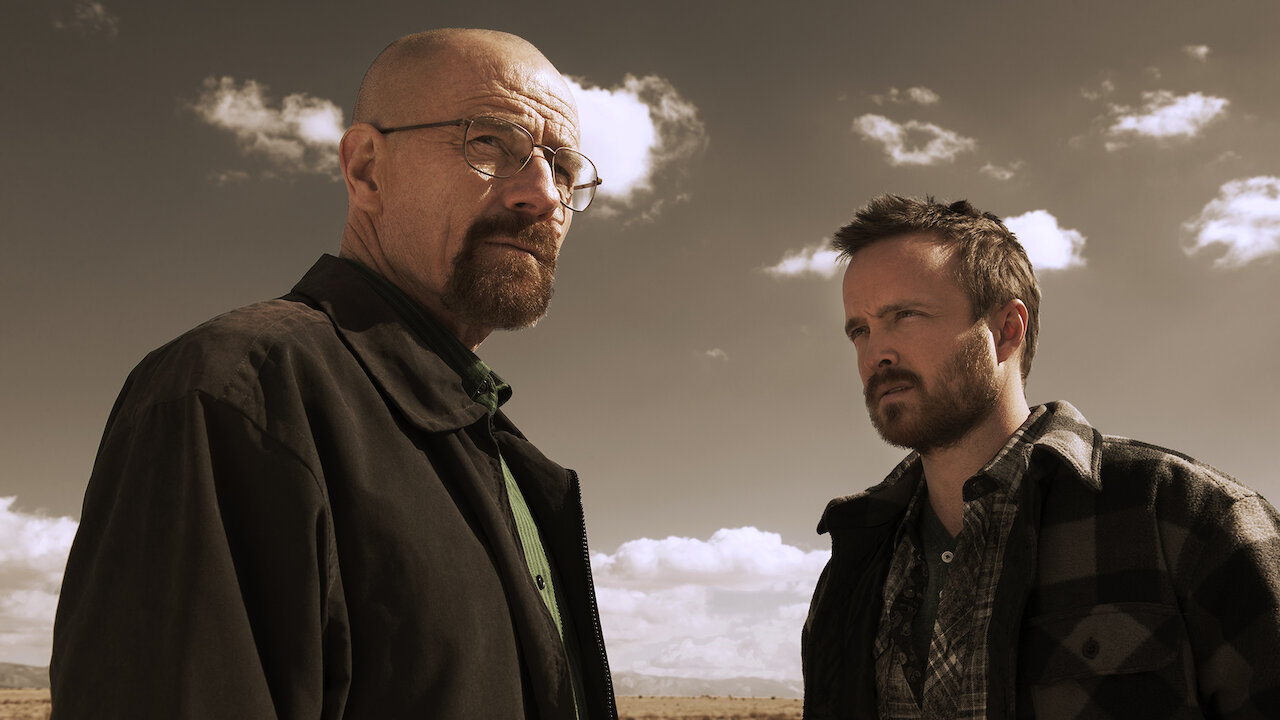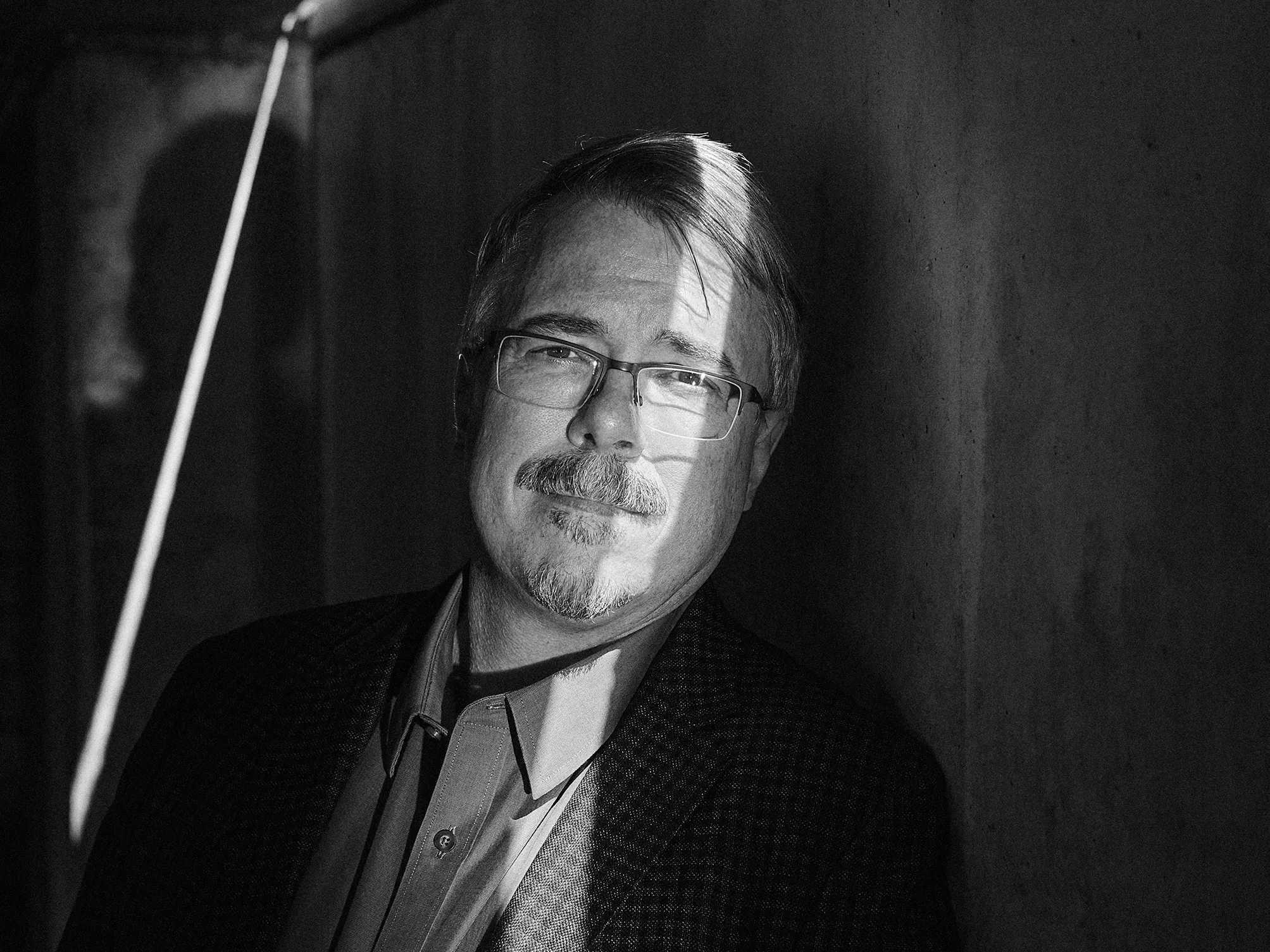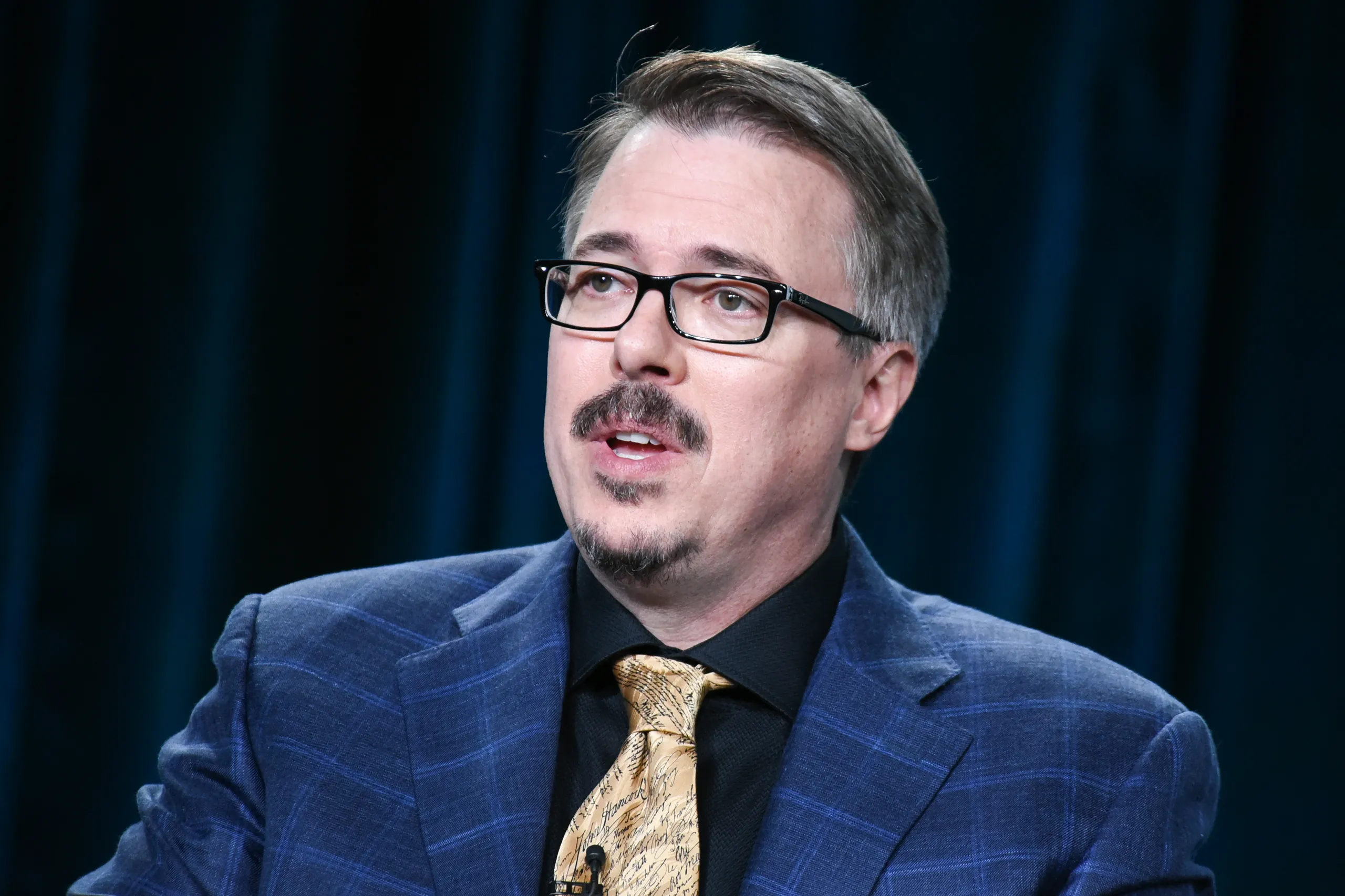Television has long been a mirror reflecting the intricate moral landscapes navigated by its characters. From the likes of Tony Soprano to Walter White, the turn of the millennium marked an era dominated by antiheroes. However, Breaking Bad creator Vince Gilligan sees a change on the horizon, one that might dial back on the villains and bring classic heroes back to the forefront of TV storytelling.

The Rise and Possible Setback of Television’s Antiheroes
Once, television was a playground for characters who blurred the lines between right and wrong. Shows like Breaking Bad, with Bryan Cranston’s brilliantly portrayed Walter White, took viewers on a complex journey of moral ambiguity that was both thrilling and darkly introspective. Vince Gilligan, the mastermind behind these morally gray narratives, recently reflected on the potential exhaustion of this trend.
In a revealing discussion, Gilligan reminisced about his television-watching days, evoking images of clear-cut heroes and villains reminiscent of the 1950s and ’60s television landscape. “I watched a lot of TV growing up, a lot of ’50s and ’60s re-runs. Back then, the order of the day was you had folks wearing white hats and you had folks wearing black hats. There were good guys and bad guys,” Gilligan recalled. This nostalgic recollection highlights a simpler time in storytelling, sharply contrasting with the complex characters he later created.

Vince Gilligan: It Might Be Time for Heroes Again
Gilligan’s thoughts resonate with a broader contemplation on what viewers might need in today’s political and social climate. “With Walter White, and loving ‘The Sopranos’ and ‘The Shield,’ maybe now we’ve got so many of them that maybe it’s time for heroes again,” he stated, acknowledging the saturated landscape of television’s antiheroes. This statement suggests a readiness to pivot back to stories where characters strive to embody traditional virtues, even if they are inherently flawed.
This isn’t to say Gilligan advocates for a return to one-dimensional characters. On the contrary, he envisions a new kind of hero: “I don’t know if we can ever go back to characters who are all good or all bad, but maybe around the corner are more characters who are flawed and yet work very hard to do the right thing and want to be good, even when they’re not.” This perspective indicates a desire for narratives that balance human complexity with the aspirational qualities of heroism.
What Does This Mean for Future TV Trends?
The implications of Gilligan’s views are significant, potentially steering future television projects away from the antihero archetype that has dominated screens for over a decade. This shift could breathe new life into the genre of drama, offering viewers characters who bring a sense of hope and resilience, qualities that seem increasingly necessary in today’s world.

Former HBO Entertainment President Carolyn Strauss supports this sentiment, noting the evolving consciousness of viewers. “I think people are a lot more conscious now in a way of things that they weren’t before. And at the same time, the world has evolved, but it has also regressed,” Strauss commented. This reflection on audience awareness and the societal backdrop suggests that the timing could be ripe for reintroducing heroes into the television narrative.
As the landscape of television continues to evolve, the call for heroes might just be the next phase in its transformation. The allure of the antihero will not fade overnight, but the reintroduction of more traditionally heroic figures could provide the fresh perspective needed to captivate the next generation of viewers. Whether this marks the end of an era or the beginning of a new chapter in storytelling remains to be seen. However, one thing is clear: the winds of change are blowing through the world of television, potentially ushering in an era where heroes regain their place in the spotlight.
